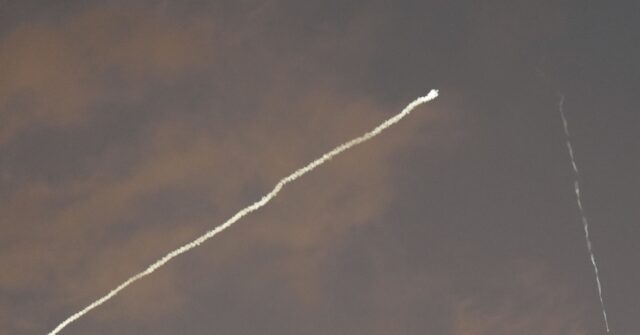Share this @internewscast.com
The Iranian regime approached the ceasefire on Tuesday morning local time by firing at least four (update: six) waves of missiles at Israel, with an impact on an apartment building that killed at least three civilians in Be’er Sheva.
U.S. President Donald Trump had announced a ceasefire the day before, and called for “LOVE, PEACE, AND PROSPERITY” in the region. The Iranian regime apparently had other ideas for leaving a lasting impression, and fired nearly continuously, in wave after wave, for over an hour and a half before the ceasefire was set.
Israel’s Army Radio reported that while the barrage that was launched at Be’er Sheva was not large, and included only four missiles, one of the four evaded Israel’s air defenses and landed in a populated area.
The ceasefire was set to take effect at 7:00 a.m. local time in Tel Aviv, and 7:30 a.m. local time in Tehran (Iran’s time zone is a rare half-hour increment). Both sides launched attacks in the last hours of the war, following the pattern established aross 12 days: Israel attacking military and political targets, Iran firing missiles at civilian areas. Iran targeted civilians throughout; it failed to score a single military casualty.
It is not unusual for impending ceasefires to be accompanied by accelerations of violence, as each side pushes for last-minute gains. Israel’s airstrikes aimed to continue destroying Iran’s ballistic missile capacity and its nuclear potential; one of the last Israeli targets was reportedly an Iranian nuclear scientist. Iran’s airstrikes apparently aimed at causing as much fear and disruption as possible in the Israeli population, which found itself once again waking up in the early hours of the morning to gather in “safe rooms” and bomb shelters.





